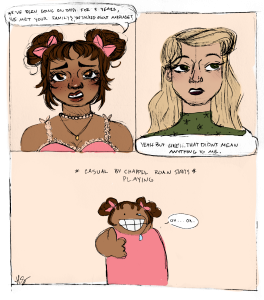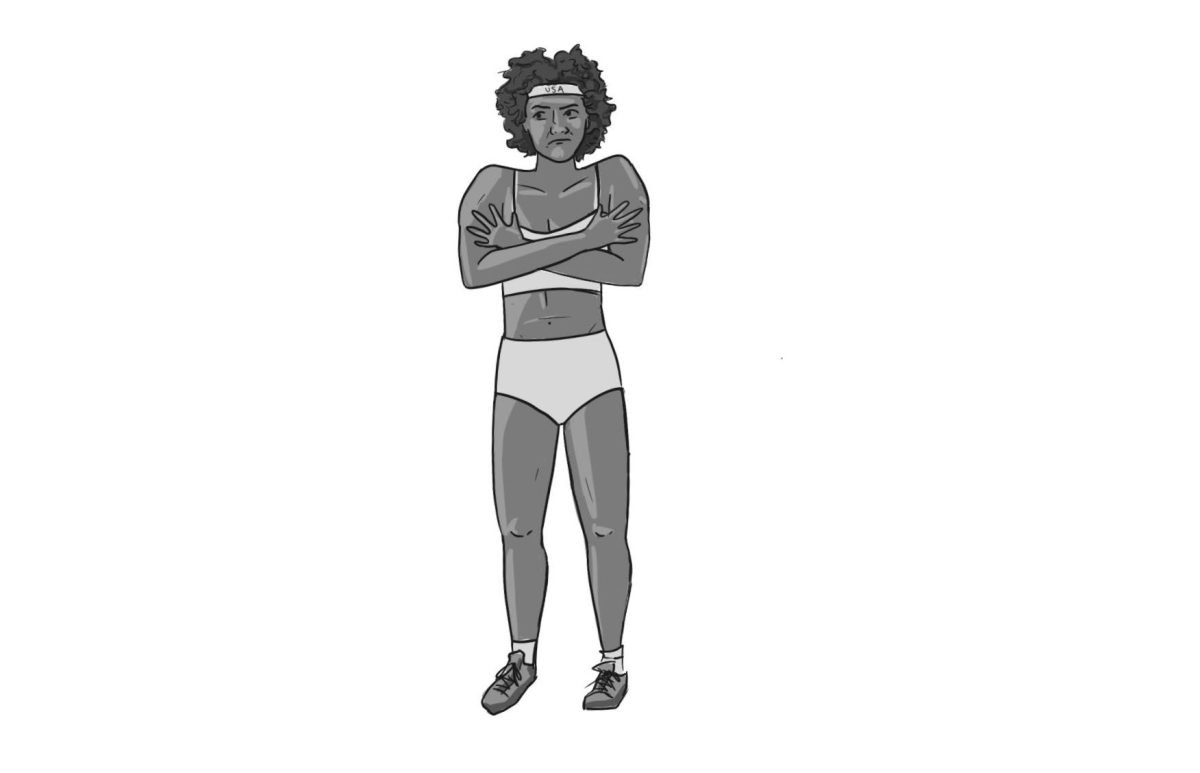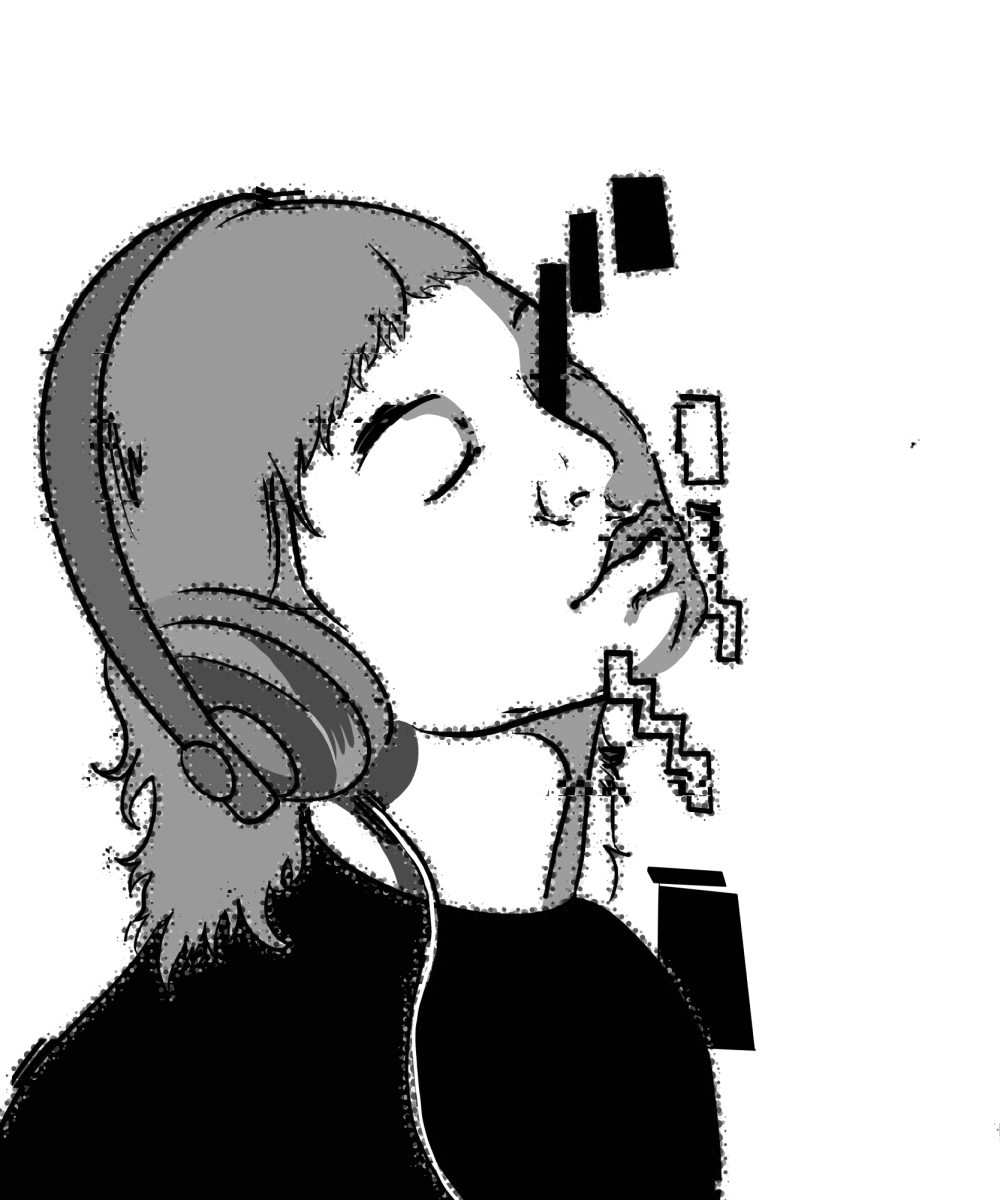March was Women’s History Month. Surprise! It’s sort of a big deal. The group of people that takes up more than half of the world’s population, that ensures the survival of the human race, has a month awarded to them early in every calendar year. A month which I can almost guarantee you had entirely forgotten about. Surprise!
I have a calendar hanging in my room that treats every month like Women’s History Month. Every day represents either the birth or death date of an important female figure in history, about 90 percent of whom have been ignored or forgotten by everyone except the small collective of women who makes these calendars.
In celebration of Women’s History Month, because no one, myself included, gave enough time to celebrating women last month, this column is a sharing of a few of the ladies my Sheroes calendar wishes we would keep in mind.
Aleksadra Kollantai: Bolshevik feminist badass who once said, “Sex should be as easy as drinking a glass of water.” Lenin’s only female advisor. Eventually Lenin couldn’t take the feminist heat and had her exiled because she spoke at length about paid maternity leave and the inherent sexism to be found in a Communist revolution. I recommend her book “Love of Worker Bees.”
Lilian Ngoyi: Enormously influential activist in apartheid South Africa. She led the single most important protest against pass-laws (laws requiring blacks to carry white signatures allowing them to enter towns and cities) in the 1950s. I essentially moved to South Africa in order to roll around on the roads where she marched. I mean it.
Ida B. Wells: Little known fact about a well-known figure: the B stands for Barnett. Wells is famous for her anti-lynching campaign, which she made global and highly humiliating for Southern white Americans, as well as for her ‘muckraking’ journalistic style. She helped found the NAACP and called racists stupid to their faces. Read her book “A Red Record.”
Furugh Farrukhzad: Iranian poet who wrote explosively about women’s sexuality and desires, and then acted on her own writings. She had this inkling that petroleum wealth was going to be bad news for Iranians, 50 years before the first Gulf War. Big surprise, she made it to the ripe old age of 33 for her troubles. Check out “Esiyan” (Rebellion), a collection of poems.
Tsianna Red Feather Blackstone: First Native woman to perform Western opera. In her 103 years alive, she performed a ground-breaking performance at the Metropolitan Opera House in New York in 1918 and fought to incorporate Creek mythology into mainstream (ha!) opera music.
Olive Schreiner: White South African activist against apartheid WAY before it was cool to be so (she was dead by the 1920s, which is about when the rest of the world started to wake up). She also protested vehemently a European presence in Africa, and worked to incite rebellion against the colonial powers that be. You have not yet read her classic book “Woman and Labour,” and for that I say shame on you.
Lolita Lebron: On March 1, 1954, Lebron was one of four Puerto Rican nationalists who attacked the residence of President Truman and fired shots at the U.S. House of Representatives. She spent years in prison and gained an international chorus calling for her release, which was eventually granted. She is one of very few femmes in this calendar that is still alive and kicking (the Man, where it counts).
August Savage: First Director of the Harlem Community Arts Center, and creator of both the Savage School of Arts and Crafts in Harlem and the Salon of Contemporary Negro Art. Not especially popular moves in the 1930s. Her artwork was displayed in the 1939 World’s Fair, but was destroyed afterwards because no one would pay to cast it in bronze. Her fame (when it can be spread) is for realistically depicting African features in her sculptures. It only took us 400 years of living in an integrated society to figure out how to make ethnic minorities look human. Way to go, America.
These names are not meant to be overwhelming. They are meant to show that every single day of every single masculine, Roman calendar year, there is someone fighting for the causes of women. Not only that, there is a WOMAN fighting for the causes of women. Read these biographies and look up the names online. There are even more! I know! The days keep coming! And women keep fighting!
Just because it’s April now doesn’t mean our moral obligation to feminism or activism is fulfilled. We didn’t even remember this was our month of penance to the vagina. Our one month out of 12. So keep reading.
The Sheroes calendar is printed each year by the Gustavus Myers Center for the Study of Bigotry and Human Rights.








Thandisizwe Chimurenga • Apr 3, 2008 at 1:37 pm
Hello there!
Thank you for this blog and your posts.
I just have to mention, briefly, that the “B” in Ida B. Wells is not for Barnett; her middle name was Bell – Ida Bell Wells – and she later married Ferdinand Barnett.
After marriage, she went by either Ida B. Wells-Barnett, or Ida Wells-Barnett.
Keep up the good work!